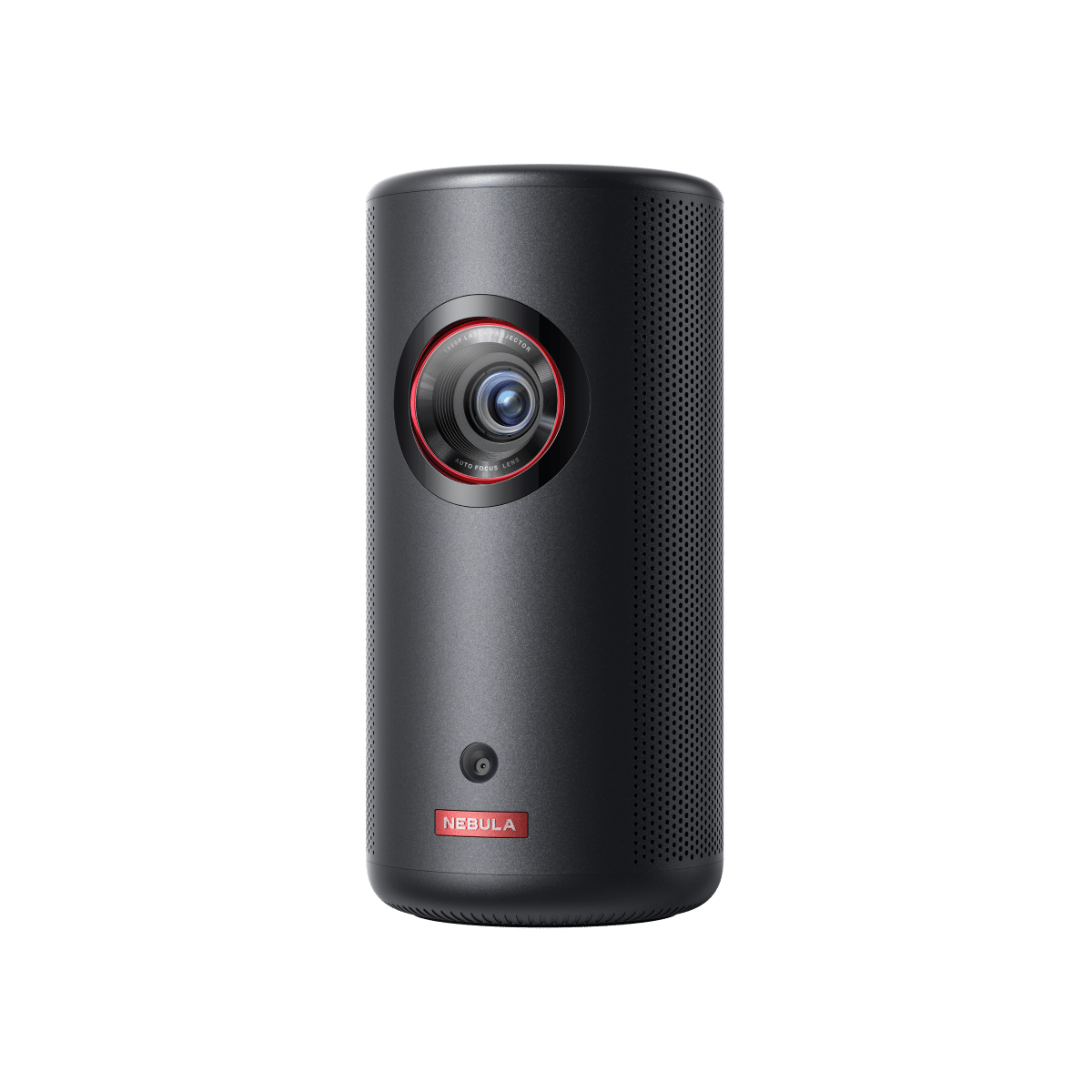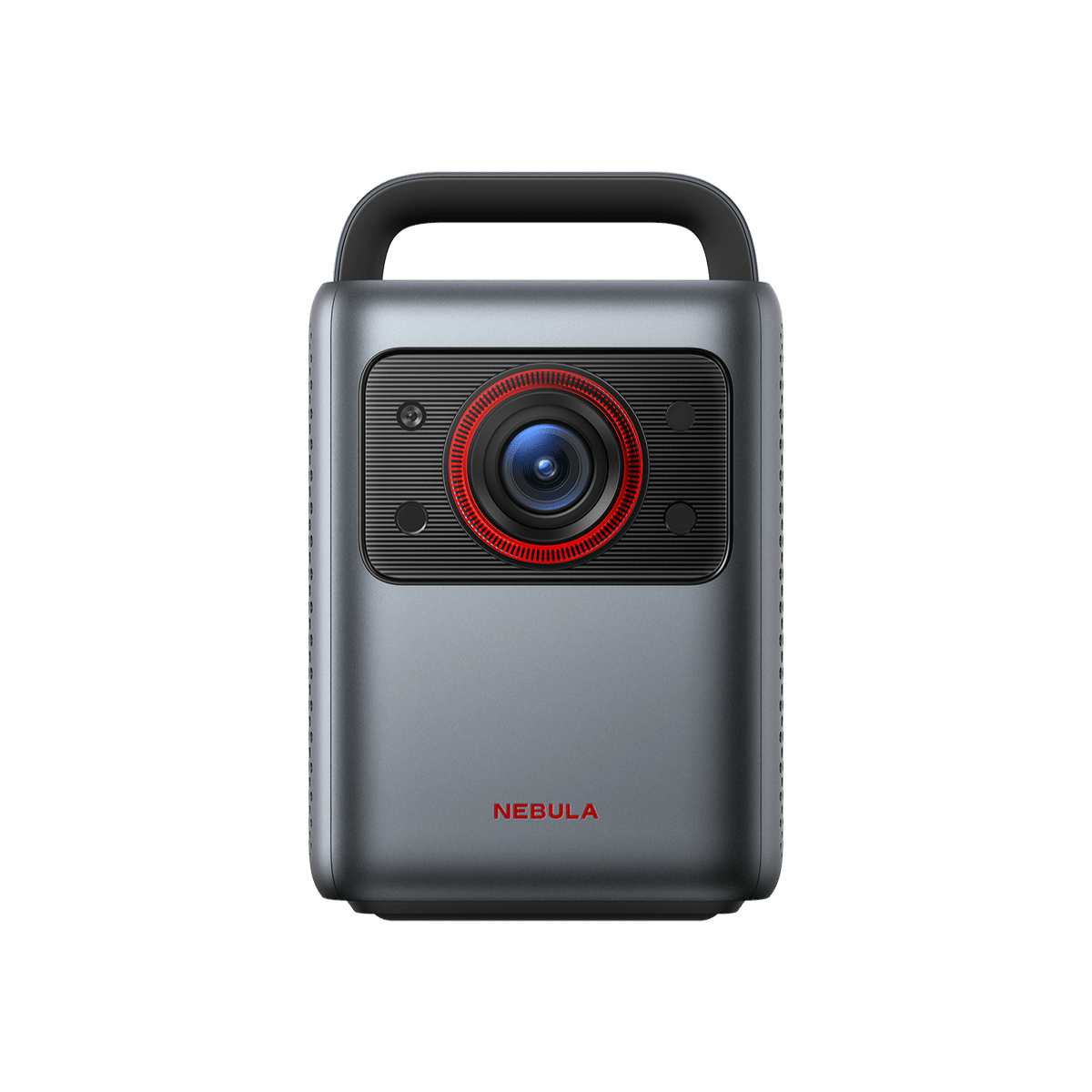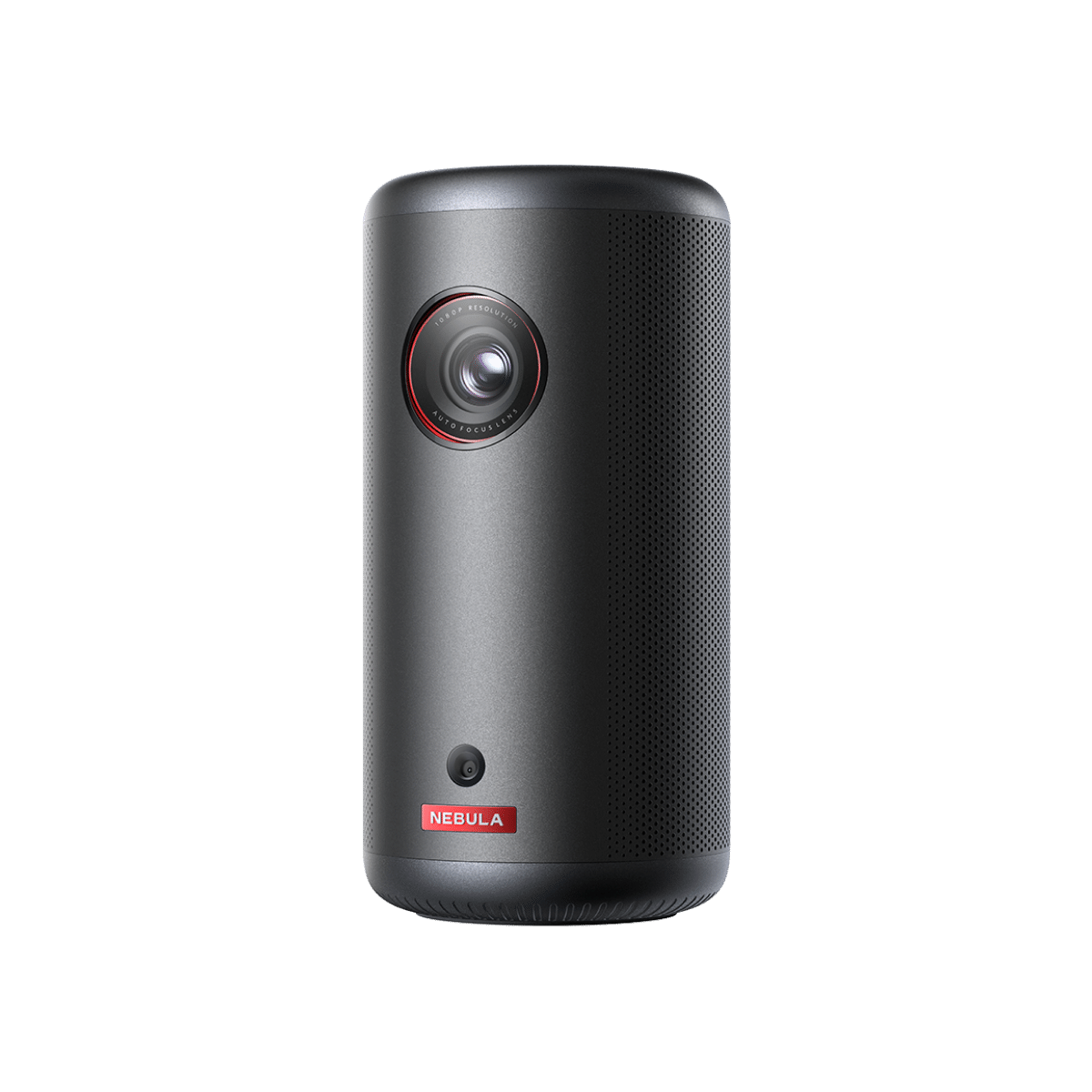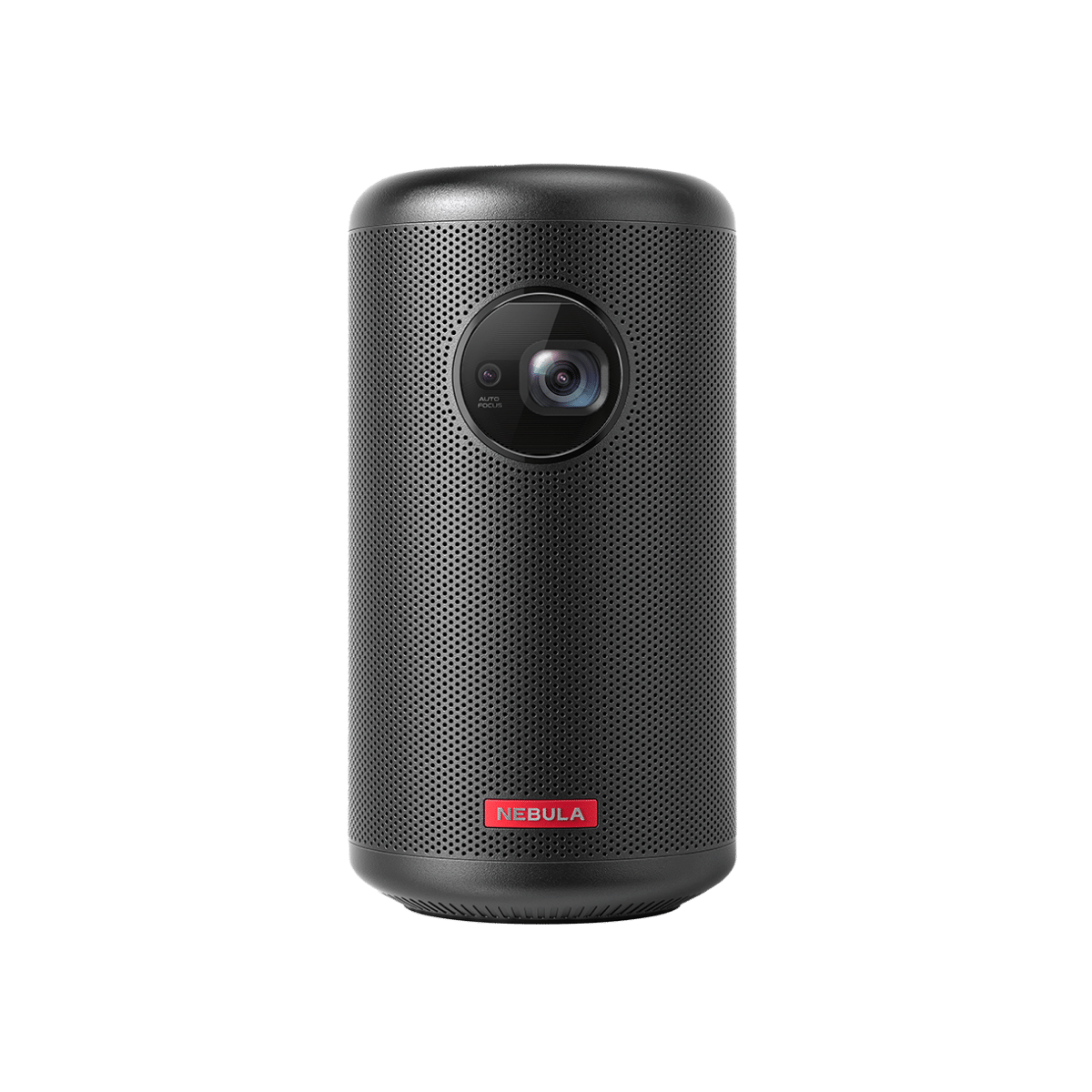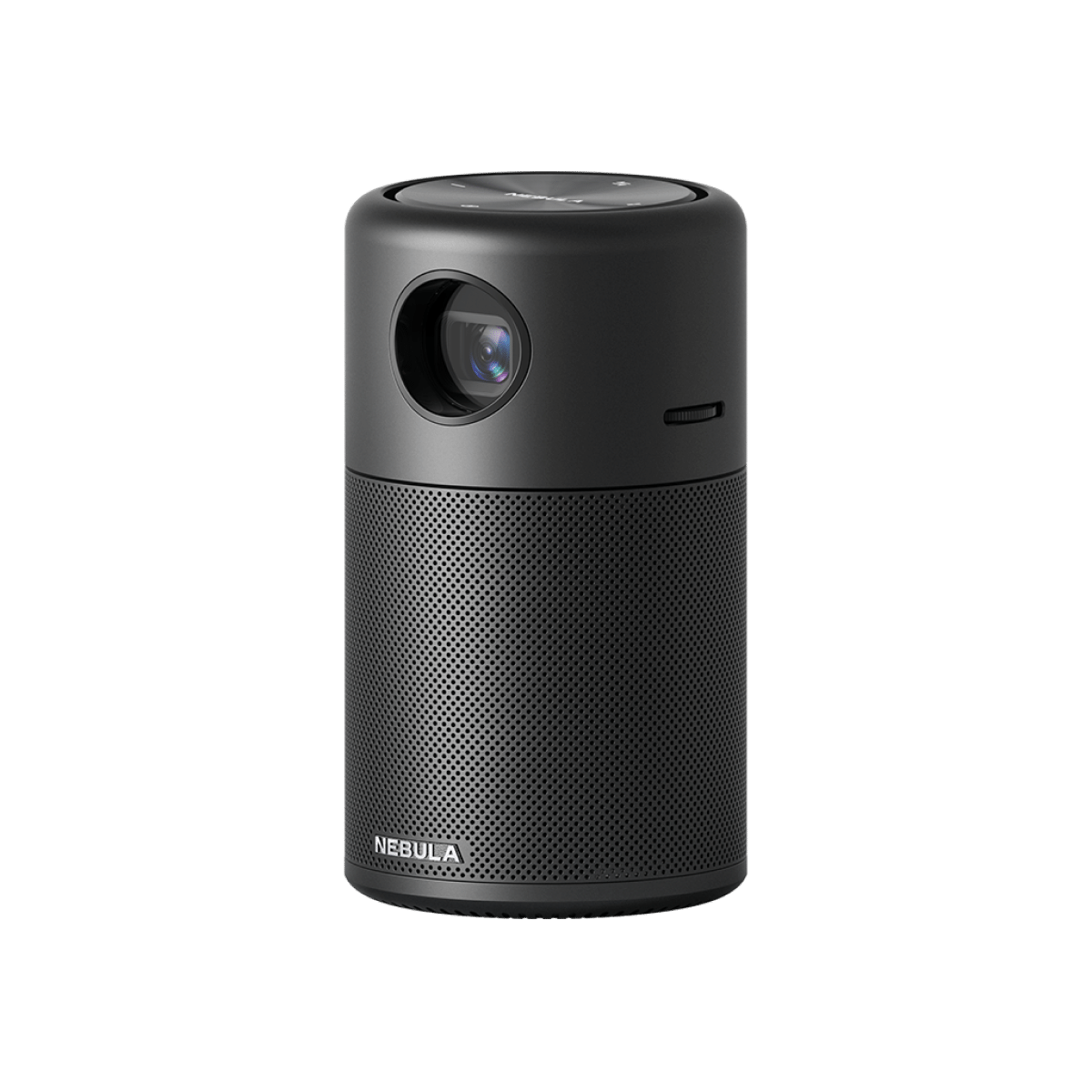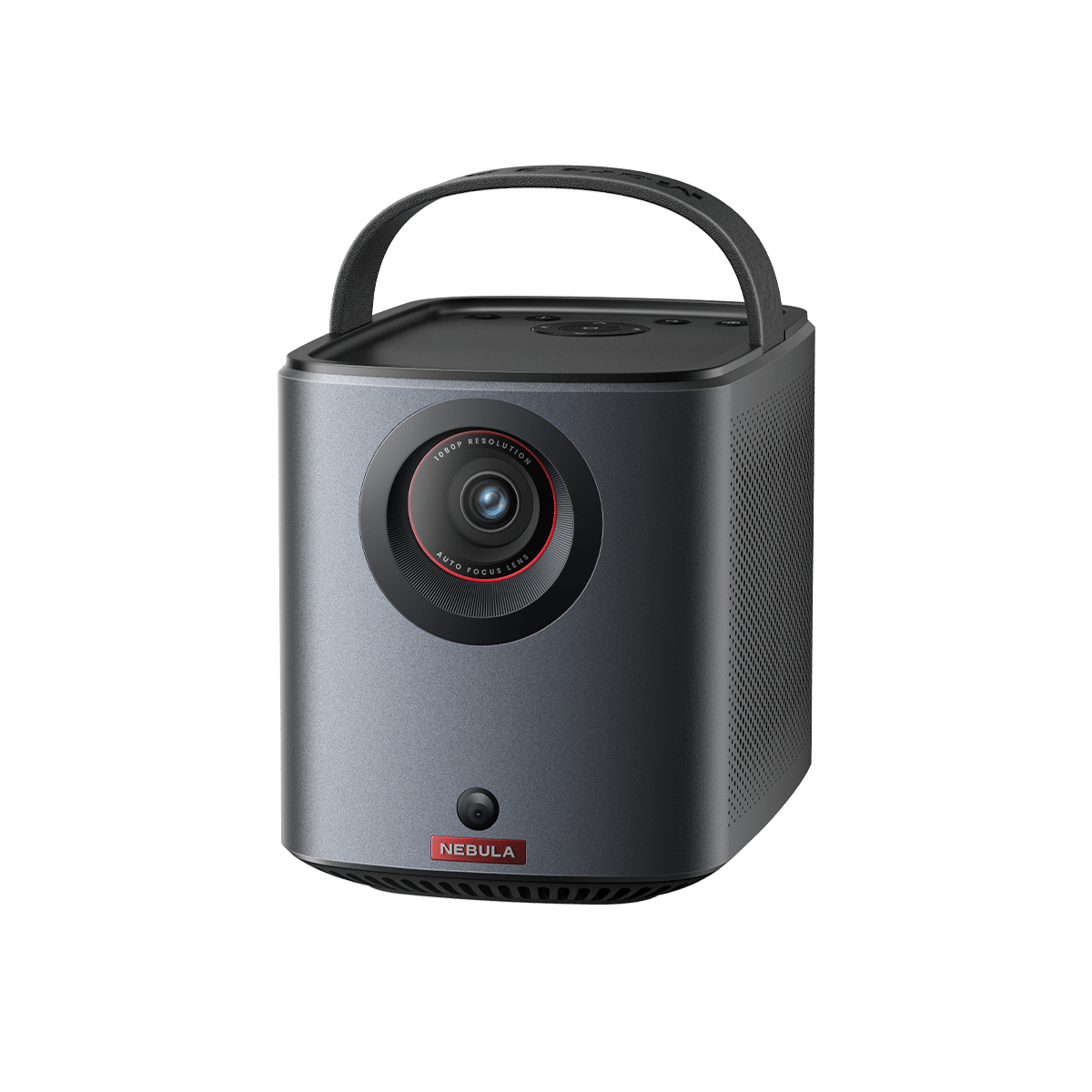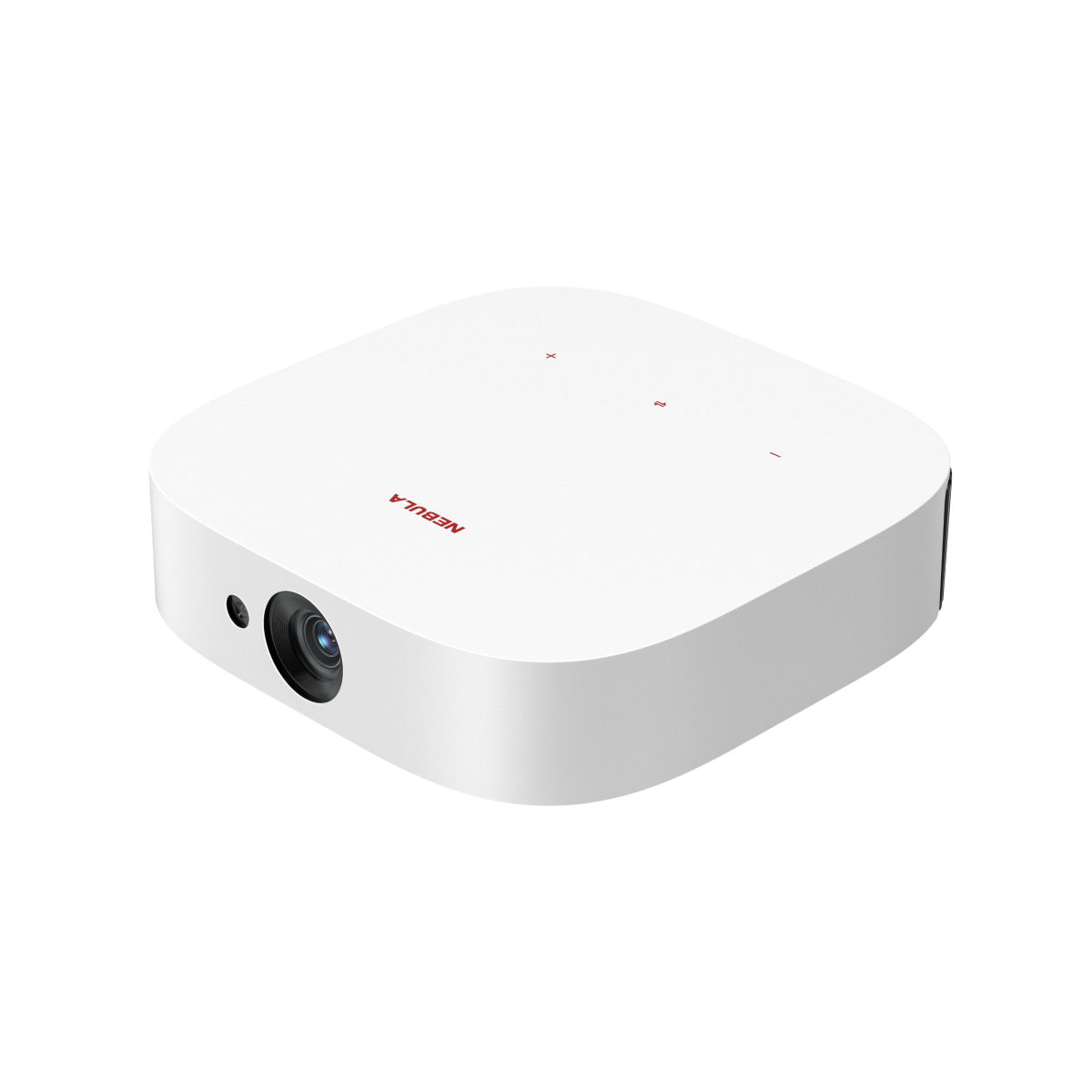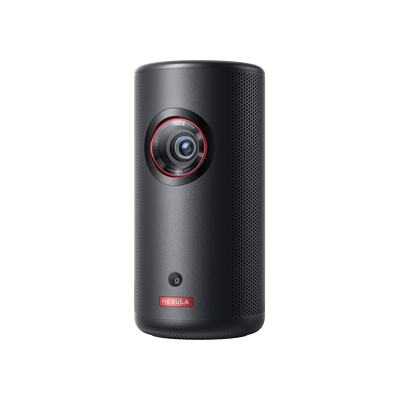The question of "What is a projector?" unveils a fascinating journey from simple light projection dating back to the 17th century to the complex, multifaceted devices we see today. Projectors have transcended their traditional roles, emerging as indispensable tools in business, education, and entertainment. This guide delves into the very essence of projectors, exploring its definition, operational mechanics, various projector types, and their widespread applications. If you're looking to understand the basics and seeking insights into how projectors can transform your presentations, educational experiences, or home entertainment setups, you're in the right place. Read on to learn everything there is about projectors!

Definition of a Projector
At its core, a projector is an optical device that captures an image or video signal and projects it onto a surface, typically a screen or wall. It receives light from a source within the device and use a system of lenses to magnify and project that light outward, transforming small, digital images into large, physical visuals. This simple yet profound functionality makes projectors powerful tools for a wide range of applications, from professional presentations to home entertainment.
How Does a Projector Work?
The mechanism of how a projector works might seem complex, but it all boils down to the interplay of several key components within the projector. Here's a breakdown of this process:
- Light Source: The journey of an image projection begins with the light source. Traditional projectors use lamps as their primary light source, but modern advancements have introduced LED (Light Emitting Diode) and laser projectorsas more efficient, durable, and color-rich alternatives. This light is crucial as it determines the brightness and color accuracy of the projected image.
- Image Formation: Once the light source is activated, it passes through, or reflects off, a digital image or video signal. This signal can come from various inputs like computers, Blu-ray players, and other media sources, or directly from internal storage in the case of smart projectors.
The light interacts with this signal to form an image, which is where different projection technologies come into play. These include LCD (Liquid Crystal Display), DLP (Digital Light Processing), and LCoS (Liquid Crystal on Silicon), each providing a unique approach to rendering the image.
- Lens System: The formed image then travels through a lens system, which focuses the light and magnifies the image onto the projection surface. The lens can often be adjusted to change the size and focus of the projected image, allowing it to fit perfectly on the screen or wall. This step is crucial for ensuring that the image maintains clarity and sharpness, even as it scales up in size.
Types of Projectors
Projectors come in a variety of types, each leveraging different technologies to meet specific needs, environments, and user preferences. Below, we explore the three primary types of projectors: LCD, LED, and DLP.
LCD Projectors
LCD (Liquid Crystal Display) projectors use liquid crystal panels to create images. They channel light from a lamp through three primary colored panels (red, green, and blue), which combine to create the final image projected onto the screen. LCD projectors are known for their excellent color accuracy and sharpness. They are often used in classrooms and business presentations for their clear and vibrant image quality.
LED Projectors
LED (Light Emitting Diode) projectors use LEDs as their light source instead of traditional lamps. This shift offers several benefits, including lower energy consumption and less need for maintenance since LED lights can last up to 20,000 hours or more. Additionally, LED projectors tend to be more compact and portable, making them an excellent choice for mobile presentations and personal entertainment. While they might not match the brightness levels of high-end LCD projectors, LED projectors offer sufficient brightness for darkened rooms and smaller settings, along with excellent color saturation.
DLP Projectors
DLP (Digital Light Processing) projectors utilize a chip made of thousands of tiny mirrors, each representing a single pixel. These mirrors tilt to reflect light through a color wheel (in single-chip models) or directly modulate colored light (in three-chip models) to create the image. DLP projectors are known for their high contrast ratios and smooth video playback, making them popular for home theaters and movie screenings. They are generally more compact and lightweight than LCD projectors, making them suitable for portable and outdoor use.
Applications of Projectors
From enhancing business presentations to transforming living rooms into home theaters, projectors have become indispensable in both professional and personal settings. Here are the primary applications of projectors:
Business Presentations
In the corporate world, projectors are indispensable for business presentations, enabling professionals to share insights, data, and strategic plans on a large scale. They facilitate collaborative discussions, allowing teams to view and interact with content simultaneously.
The clarity and size of the display ensure that even complex charts and detailed reports are easily visible to all attendees, enhancing communication and decision-making processes. Modern projectors with connectivity features also support interactive sessions, where participants can share and annotate presentations in real-time, fostering a dynamic and engaging meeting environment.

Educational Purposes
The educational sector greatly benefits from the use of projectors, transforming traditional classrooms into interactive learning environments. Teachers can leverage classroom projectors to display educational materials, multimedia content, interactive exercises, and live demonstrations, catering to various learning styles and increasing student engagement. The ability to project large, clear images makes them an invaluable tool for lectures, seminars, and workshops, enhancing the delivery of curriculum and enriching the educational experience.

Home Theater Systems
For movie enthusiasts and gamers, projectors offer an unrivaled home entertainment experience, transforming any living space into a personal cinema or gaming arena. Home theater projectors, especially those with high resolution and contrast ratios, deliver immersive visuals that enhance the viewing experience of films, TV shows, and games. With advancements in projector technology, including 4K resolution and built-in smart operating systems for direct streaming, creating a cinematic experience at home has never been easier.
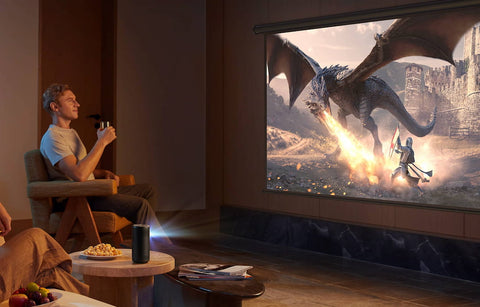
Outdoor Movie Nights
The portability of many modern projector models revolutionizes outdoor entertainment, transforming any backyard or campsite into a personal cinema under the stars. Boasting compact designs and ease of setup, Nebula projectors are known for their suitability for outdoor use.
Many Nebula projector models are pocket-sized, allowing you to slip them right into your bag, ready for where your adventure takes you. These projectors not only deliver impressive image quality and brightness suited for outdoor conditions but also come equipped with built-in batteries and speakers, eliminating the need for extensive equipment and allowing for effortless entertainment anywhere.

Conclusion
Navigating through the intricacies of "What is a projector?" has brought us across a spectrum of insights, from its foundational technology to its versatile applications in today's world. We've explored the core mechanisms that allow projectors to bring visuals to life, examined the distinctions between LCD, LED, and DLP projectors, and uncovered the uses of projectors in business presentations, educational settings, and home theaters. In wrapping up our exploration, it's clear that projectors, in their many forms and functions, are not just tools for display but catalysts for communication, learning, and entertainment, bridging ideas and people together.
FAQs
Is it possible to connect multiple devices to a projector simultaneously?
Yes, it is possible to connect multiple devices to a projector simultaneously. Many modern projectors come equipped with multiple input ports such as HDMI, VGA, USB, and more. By utilizing these ports, you can connect multiple devices like laptops, smartphones, and gaming consoles at the same time.
How to properly maintain a projector for optimal performance?
To maintain a projector for optimal performance, regularly clean the lens with a soft cloth and keep the air filter clear to prevent overheating. Ensure it has good ventilation, avoid dusty and smoky environments, and properly shut it down after use to extend the lamp's lifespan. Periodically replace the lamp as needed, check for firmware updates, and seek professional servicing for unresolved issues.
Can a projector replace a TV for everyday use?
Yes, a projector can replace a TV for everyday use, especially if you prefer a larger screen size. However, consider factors such as ambient light, screen setup, and the projector's sound system to ensure a satisfactory viewing experience.
